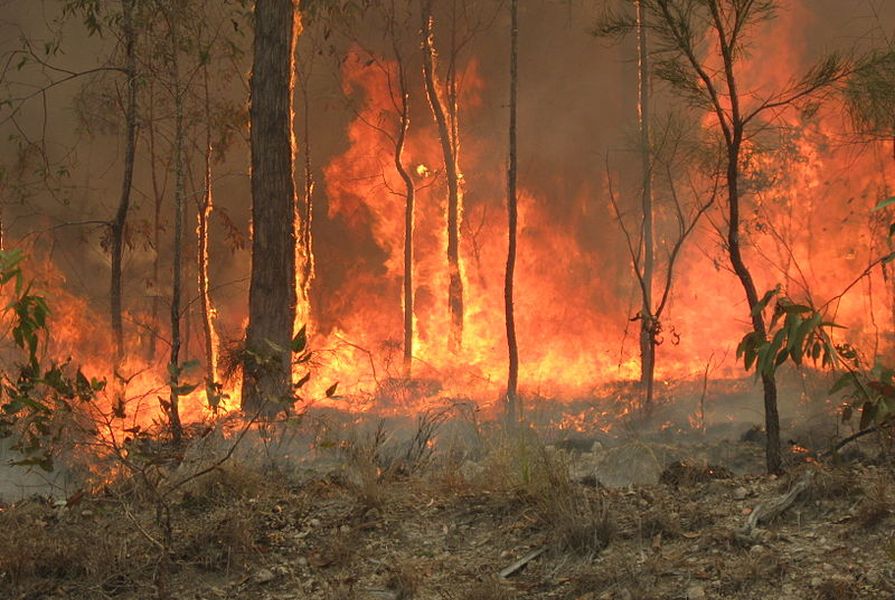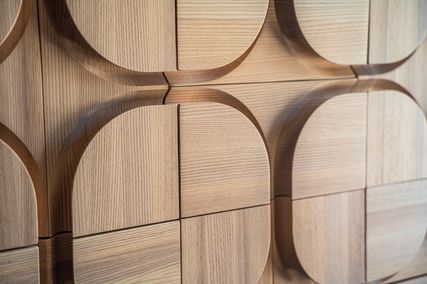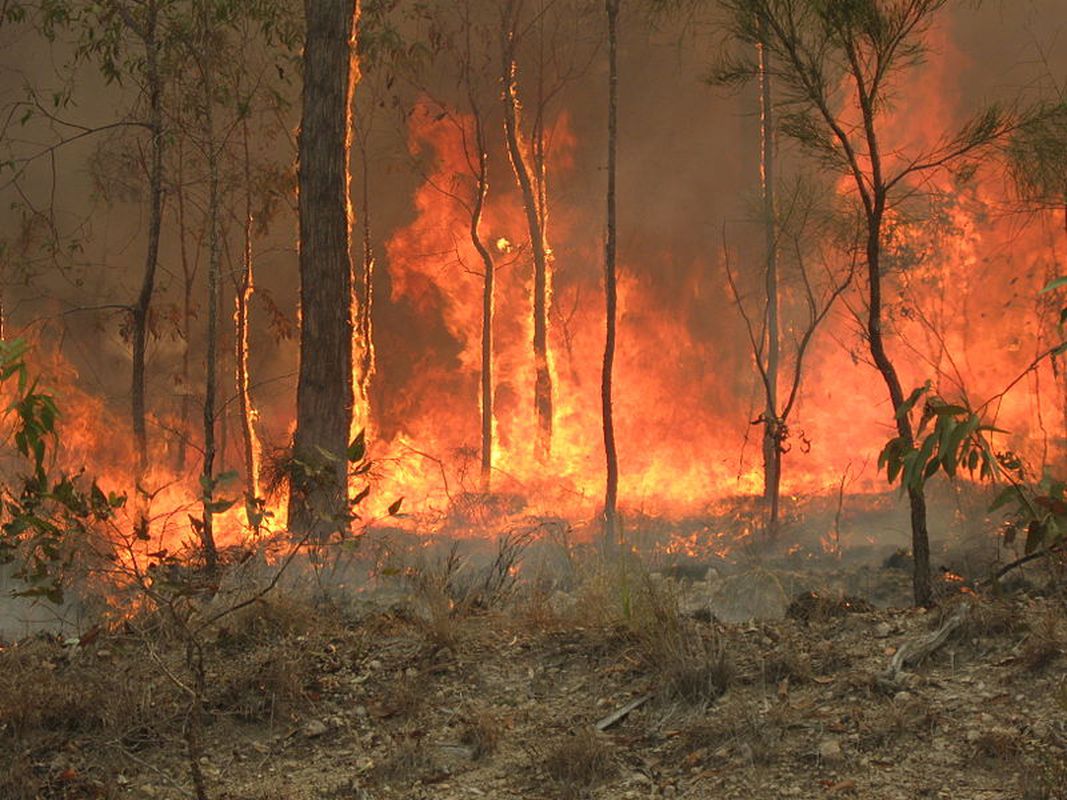The Australian Institute of Architects has called for mandatory net-zero-emissions buildings in the reconstruction effort following the disastrous 2019-20 bushfires.
In its submission to the Royal Commission into National Natural Disaster Arrangements (also referred to as the Bushfires Royal Commission), the Institute said, “Climate change is the key factor contributing to the disruption of human societies through extreme weather events and natural disasters, and as the most recent bushfire season has reminded us, Australia is not immune to this new reality. It is clear that these impacts will escalate in the future and urgent action is required to both reduce greenhouse gas emissions to limit the severity of climate change and to proactively plan for a more hostile climate.”
It also noted that reconstruction “presents an opportunity to reduce vulnerability to future disasters and to build community resilience in physical, social, environmental and economic terms.
“In the medium to longer term, where and the way we live and organize our communities, and how and where we build our houses will play an important part in how we prepare and respond to natural disasters in the future.
“Action to change the way we approach the design and management of the built environment is required now and we must seek to continually improve the efficiency of buildings through design and use and move progressively toward a built environment that positively contributes to natural systems and actively works to mitigate the impact of natural disasters.”
The Institute supported 24 recommendations made to the royal commission, including that Australian government sponsored rebuilding projects following natural disasters and as stimulus in response to the COVID-19 pandemic “should be mandated to comply with net-zero emissions.”
The Institute also recommended that government-sponsored initiatives should support people to upgrade the energy efficiency of their homes and upgrade infrastructure and housing in remote communities as a priority.
Other recommendations included that built environment professionals should be supported to “design more sustainable buildings that address impacts of extreme weather events and are responsive to local conditions and produce locally based solutions,” and that the National Construction Code be “amended to ensure that overall energy efficiency is balanced alongside the need for heat-resistant design.”
The Institute also advocated for a “build back better” approach to rebuilding after natural disasters, which would mean building more fire-resistant, more resilient, sustainable and climate responsive houses.
On the location of remote, at-risk settlements, the Institute recommended that “remote locations with a single access approach, surrounded by bush without infrastructure or potential fire break should be considered unsuitable for reconstruction.”
The Bushfires Royal Commission was established by the federal government following the bushfire season of 2019-2020. The Institute’s submission aims to highlight “the critical role of built environment professionals in in improving the resilience and adaptation of Australian society in changing climatic conditions.” The royal commission is due to deliver its final report at the end of August 2020.
















